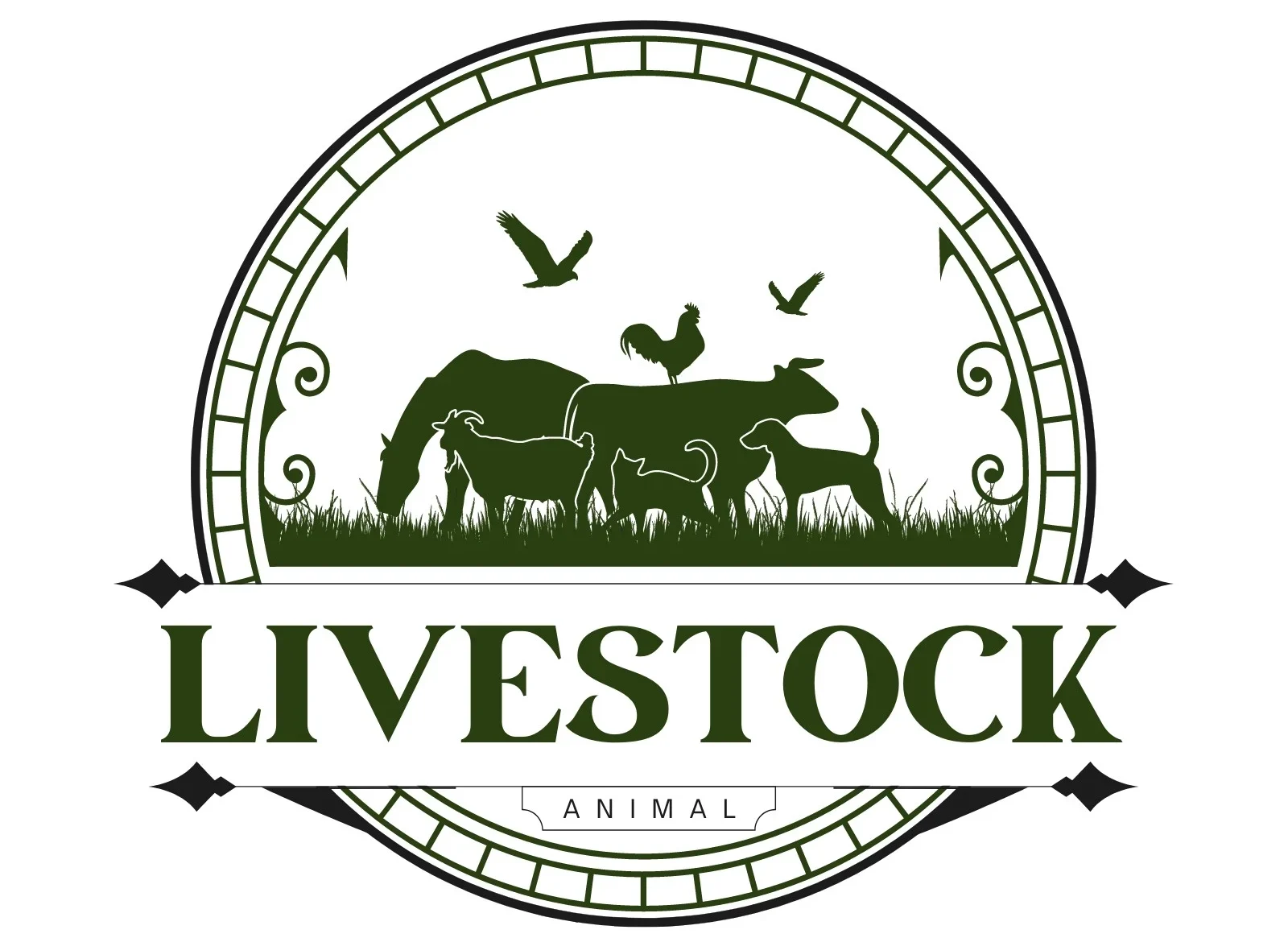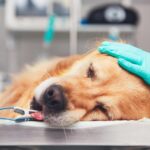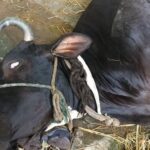The state of the patient in which he does not feel anything and does not move is called Anesthesia. Any animal is made unconscious in four ways.
मरीज की वह अवस्था जिसमें उसे कुछ भी महसूस नहीं होता और वह हिलता-डुलता नहीं है, उसे एनेस्थीसिया कहते हैं। किसी भी जानवर को चार तरीकों से बेहोश किया जाता है।
- An injection into the animal’s muscle makes the animal unconscious in 5 to 15 minutes.
- The most common method of anesthetizing an animal is intravenous. In this case, the animal becomes unconscious in 1 to 5 minutes.
- The third method is intravenous, in which the animal becomes unconscious in 20 to 30 minutes.
- The safest method of anesthetizing an animal is gaseous. Which can make the animal unconscious immediately.
- पशु की मांसपेशियों में इंजेक्शन लगाने से पशु 5 से 15 मिनट में बेहोश हो जाता है।
- पशु को बेहोश करने का सबसे आम तरीका नसों में इंजेक्शन देना है। जिसमें पशु 1 से 5 मिनट में बेहोश हो जाता है।
- तीसरा तरीका नसों में इंजेक्शन देना है, जिसमें पशु 20 से 30 मिनट में बेहोश हो जाता है।
- पशु को बेहोश करने का सबसे सुरक्षित तरीका गैसीय इंजेक्शन देना है। जिससे पशु तुरंत बेहोश हो सकता है।
Read Disease: Hypomagnesmia (Tetany)
There are four stages of Anesthesia:
Induction Stage (प्रेरण चरण)
The process of inducing unconsciousness by administering an injection is called the induction stage.
प्रेरण चरण को प्रेरण चरण कहा जाता है।
Excitement Stage (उत्साह का चरण)
In this, the animal becomes unconscious. The heartbeat and breathing also become incoherent.
इसमें पशु बेहोश हो जाता है। दिल की धड़कन और सांस भी असंयमित हो जाती है।
Surgical stage (सर्जिकल चरण)
In this stage, the animal’s body becomes soft and pliable. Breathing and heart rate return to normal. The animal’s ability to breathe is lost. This stage is ideal for surgery. It has four stages.
इस अवस्था में पशु का शरीर फट जाता है तथा शरीर मुलायम हो जाता है। साँसें और दिल की धड़कन फिर से पशु की जलने की क्षमता धीरे-धीरे सामान्य हो जाती है। यह सर्जरी का चरण है. यह आदर्श है. इसके चार स्तंभ हैं।
- Plane 1: The eyes start to roll and roll.
- Plane 2: The Laryngeal reflex and Corneal reflex are lost.
- Plane 3: The eyes are not affected by light.
- Plane 4: The pupil dilates.
- समतल 1: आँख घुमाना और झुकना।
- प्लेन 2: इसमें लेरिंजियल रिफ्लेक्स और कॉर्नियल रिफ्लेक्स गायब हो जाते हैं।
- प्लेन 3: इससे आंखों की रोशनी पर कोई प्रभाव नहीं पड़ता है।
- समतल 4: इसमें पुतली फैलती है।
Overdose stage (ओवरडोज चरण)
This means the animal has been given too much anesthetic. It affects breathing and heart rate, and the animal becomes near death.
इसका मतलब है कि जानवर को बहुत ज्यादा एनेस्थेटिक दिया गया है। इससे सांस लेने और हृदय गति पर असर पड़ता है और जानवर करीब आ जाता है।
Type of anesthesia (संज्ञाहरण का प्रकार)
General Anesthesia (सामान्य संज्ञाहरण)
This causes the animal’s entire body to become unconscious.
इससे जानवर का पूरा शरीर बेहोश हो जाता है।
Local Anesthesia (स्थानीय संज्ञाहरण)
This numbs a specific part of the animal.
इसके द्वारा जानवर के एक विशेष अंग को बेहोश कर दिया जाता है।
Regional Anesthesia (क्षेत्रीय संज्ञाहरण)
Depressed parts
दुःखद अंश
Epidural Anesthesia (एपीड्यूरल एनेस्थीसिया)
To control the nervous system
तंत्रिका तंत्र को नियंत्रित करने के लिए
Anesthesia agent used in animal xylazine HCl 0.1 mg/kg in cattle,1mg/kg in equine
पशुओं में प्रयुक्त एनेस्थीसिया एजेंट ज़ाइलाज़िन एचसीएल 0.1 मिलीग्राम/किग्रा मवेशियों में, 1 मिलीग्राम/किग्रा घोड़ों में




